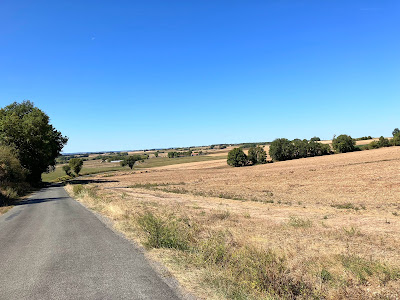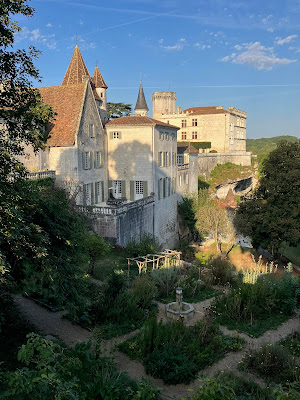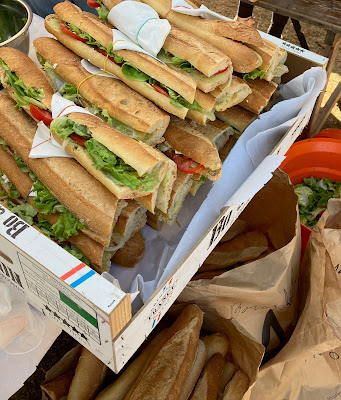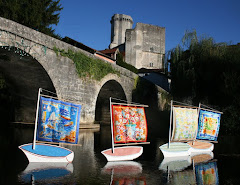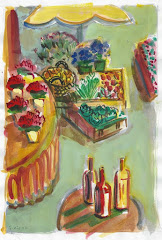Once upon a time, a long time ago, the Romans marched through France. Crossing our southwestern region they found plenty of places with sparkling spring water, locals that were not resistant to being invaded, and lots of salt deposits. Feeling that Rome was overcrowded they started to colonize these new regions - the provinces. The Romans introduced a more sophisticated life style to the local Gauls. They introduced luxuries such as steam baths, cheese making, and grape vines (!).
The Romans were eventually driven out by the Saracens, but many of the good things in life that had bee introduced lingered in the fields and farms of the region.
Jump forward to the 1700’s and this region is sprinkled with the fruits of the days of the Roman occupation. There are large swaths of cultivated land with elegant homes that rival those of Bordeaux and Champagne. Even Bourdeilles has two thriving vineyards.
Here is the story of the rise and fall of these grand properties.
Roughly between 1700 and 1709 the northern regions of France were locked in a mini ice-age. A third of the population of Paris starved to death. Folks that could escape to the south did - on foot. They arrived in these southern parts hungry and desperate. On one hand they had nothing. But in a way they also had everything. They were architects, stone masons, glass blowers, ditch diggers, harness makers, lots of things that were very useful to a prospering farming community.
In the early 18th century the Dordogne was rich in farms, but lacking in sophistication. Rich farmers were still living in homes with conveniences, or lack of them, from the 16th and 17th centuries. The hungry, talented Northerners lined up at their doors and offered whatever skill they could share in exchange for food and a roof. Bartering was not uncommon as this was before the time of salaries. With the farming business booming the local barons took advantage of this talented labor to construct modern homes that would show off their stature. In these hinter lands, great mansions sprung up in styles that were better known in Paris or the Loire Valley.
These glory days were short lived.
In 1827 the first railway line opened in France. Then a second line was completed in 1832. Both of these lines were well to the east of the vineyards around Bourdeilles and the Dordogne, who were still shipping their wine by oxen carts. Also south eastern wines were preferred for their higher alcohol content. Local wines that had been receiving gold medals quickly fell out of popularity.
And yet things could and did get worse.
Around 1850 Victorian botanist introduced American grape vines to Europe. These vines were infected with phylloxera - a mildew carried by a tiny louse insect. No problem in the New World as their vines were resistant, but the Old World vines were almost instantly decimated. Some estimates hold that as much as 80% of all European vineyards were destroyed. Our local area was entirely wiped out. Infected plantations were pulled up and burned in an effort to keep the devastation from spreading. These efforts were futile. The large swaths of vineyards turned to barren, rolling countryside.
Eventually two major solutions emerged: grafting cuttings onto resistant rootstock and hybridization - both solutions based on using American rootstock.
The government doled out monies to replant Bordeaux, St Emillion, Bergerac, just up to about 50 kilometers from Bourdeilles. Then the monies ran out. There would be no subsidies for these eastern edges of the Bordeaux region.
Farmers were forced to completely switch their crops. The rolling fields were turned over to corn, wheat, and sunflowers.
The grand houses would quickly loose their luster, but that is the story for next week.




